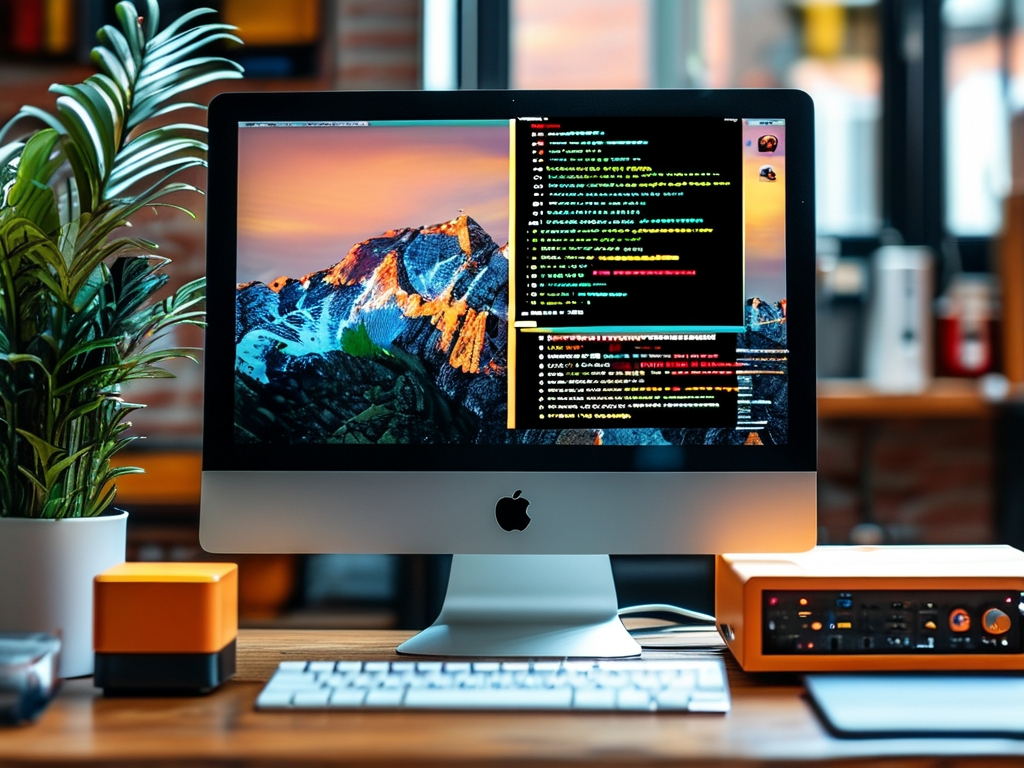Embedded systems form the backbone of modern technology, powering everything from smart home devices to industrial automation. A critical aspect of embedded system design is peripheral development, which involves integrating hardware components like sensors, communication modules, or displays with a microcontroller or processor. This article explores the structured workflow for embedded peripheral development, highlighting best practices and common pitfalls.

1. Requirement Analysis and Specification
The development process begins with requirement gathering. Engineers collaborate with stakeholders to define the peripheral's functionality, performance metrics, and compatibility requirements. Key questions include:
- What is the peripheral’s primary purpose (e.g., data acquisition, user interaction)?
- What communication protocols (I2C, SPI, UART) or interfaces (GPIO, USB) are required?
- What are the power consumption, latency, and size constraints?
A detailed technical specification document is then drafted, outlining hardware-software interactions, signal timing diagrams, and error-handling mechanisms. Ambiguities at this stage can lead to costly redesigns later.
2. Hardware Design and Prototyping
Next, the hardware design phase involves schematic capture and PCB layout. Engineers select components based on availability, cost, and performance. For example, choosing between a resistive or capacitive touchscreen depends on the application’s durability and sensitivity needs.
Prototyping follows, often using development boards (e.g., Arduino, STM32 Nucleo) to validate peripheral functionality. Breadboarding or modular setups help isolate issues early. Tools like SPICE simulators or signal integrity analyzers ensure electrical characteristics (voltage levels, noise margins) meet specifications.
3. Firmware Development
Firmware bridges hardware and software. Developers write low-level drivers to control the peripheral, focusing on:
- Register-level programming: Configuring microcontroller registers to enable clocks, set pin modes, or handle interrupts.
- Protocol implementation: Ensuring adherence to standards like I2C’s start/stop conditions or SPI’s clock polarity.
- Power management: Implementing sleep modes or dynamic voltage scaling to optimize energy use.
Modular code design is critical. For instance, separating driver code from application logic simplifies debugging and future upgrades. Version control systems (e.g., Git) track changes, while static code analyzers enforce coding standards.
4. Integration and Testing
Once the firmware is ready, hardware-software integration begins. Engineers verify data flow between the peripheral and host system. Common tools include logic analyzers, oscilloscopes, and protocol decoders (e.g., Saleae Logic).
Testing phases include:
- Unit testing: Validating individual functions (e.g., sensor data read/write operations).
- Stress testing: Exposing the peripheral to extreme conditions (temperature, voltage fluctuations).
- Compatibility testing: Ensuring interoperability with other system components.
Automated test frameworks (e.g., Python scripts with pytest) streamline regression testing, while boundary scan testing checks PCB assembly quality.
5. Debugging and Optimization
Debugging embedded peripherals is notoriously challenging due to hardware-software interdependencies. Techniques include:
- Tracing: Using debug probes (JTAG/SWD) to monitor real-time execution.
- Assertion-based checks: Embedding diagnostic code to catch unexpected states.
- Power profiling: Identifying current leaks or inefficient code paths.
Optimization targets performance bottlenecks. For example, DMA (Direct Memory Access) can offload data transfers from the CPU, freeing resources for critical tasks.
6. Documentation and Production
Comprehensive documentation ensures maintainability. This includes:
- Hardware datasheets: Pinouts, electrical characteristics, and layout guidelines.
- API references: Firmware function descriptions and usage examples.
- Troubleshooting guides: Common issues and solutions.
Before mass production, a Design for Manufacturing (DFM) review ensures the design is cost-effective and scalable. Pilot runs validate assembly processes, while burn-in tests assess long-term reliability.
7. Post-Deployment Support
Post-launch, developers monitor field performance. Over-the-air (OTA) updates may address firmware bugs or security vulnerabilities. User feedback often drives iterative improvements, such as adding new peripheral features or enhancing compatibility.
Challenges and Future Trends
Embedded peripheral development faces challenges like shrinking time-to-market and rising security demands. Emerging trends include:
- AI-driven peripherals: On-device machine learning for sensor fusion.
- Wireless integration: Bluetooth Low Energy (BLE) and LoRaWAN for IoT applications.
- Open-source tools: Frameworks like Zephyr RTOS democratizing embedded development.
In , a systematic approach to embedded peripheral development—combining rigorous planning, iterative testing, and cross-disciplinary collaboration—is essential for delivering robust, efficient solutions in an increasingly connected world.









